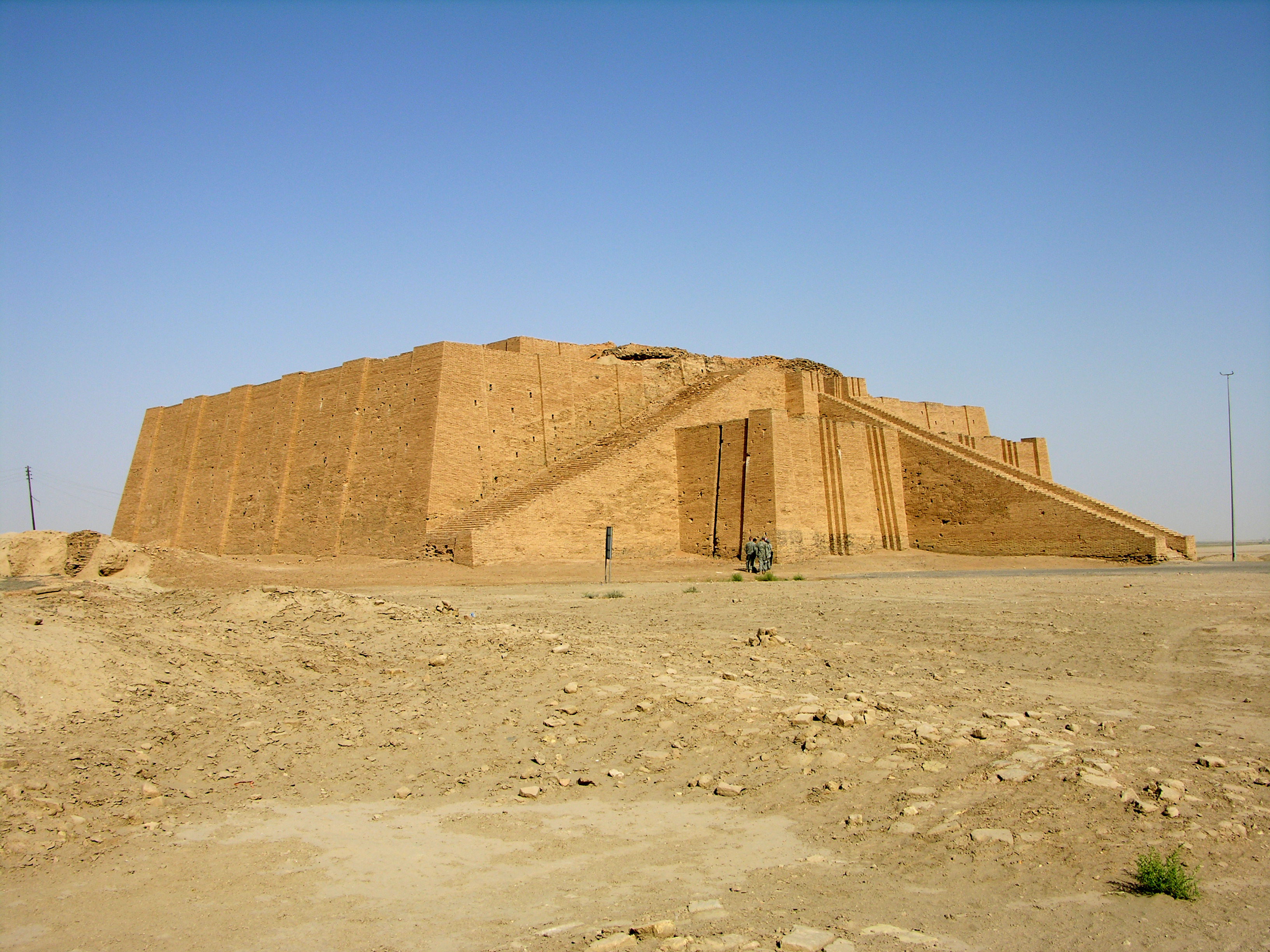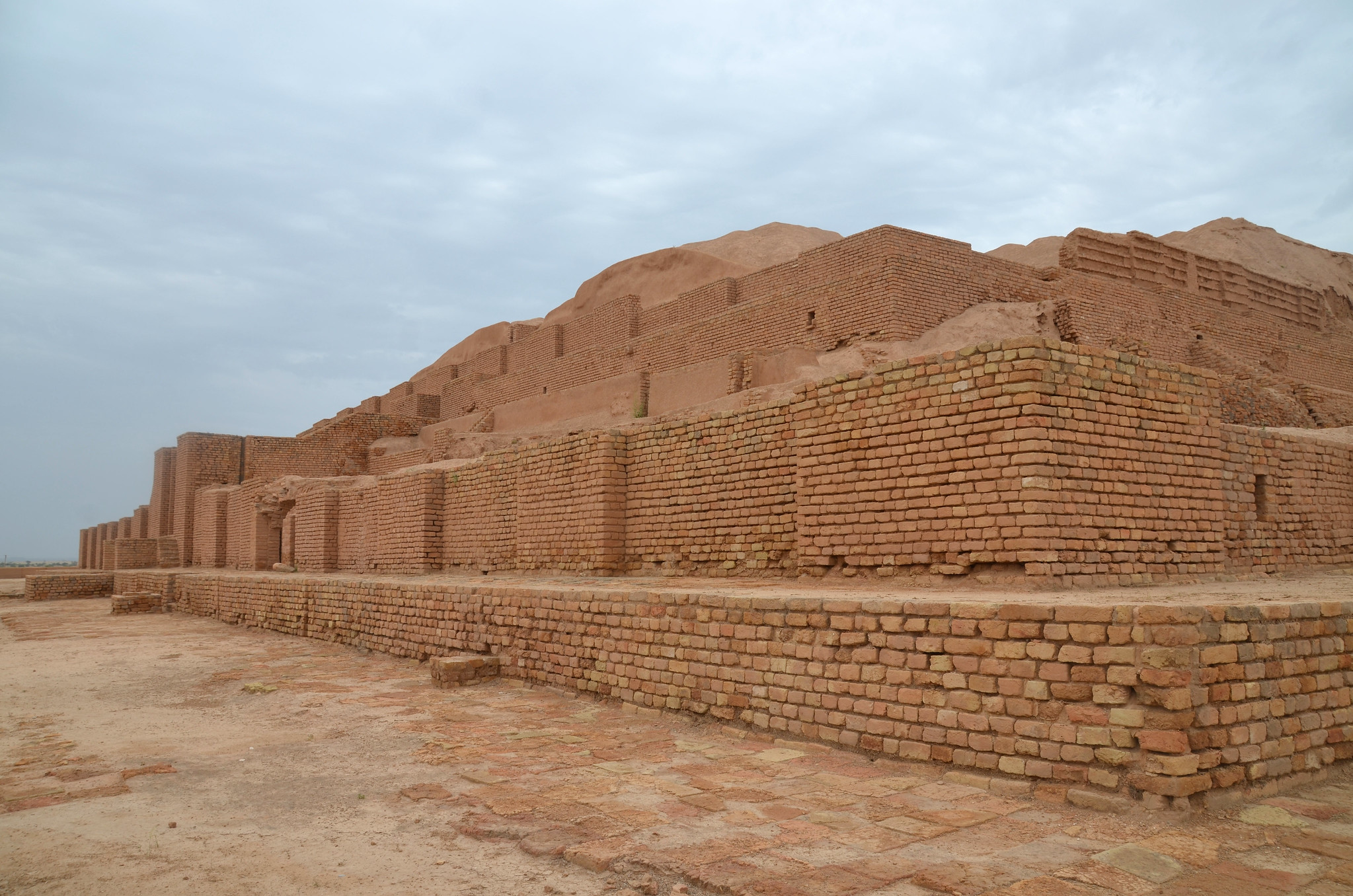Across Asia, from the jungles of Cambodia to the deserts of Iran, ancient pyramid-shaped structures rise as testaments to the engineering prowess, spiritual devotion, and cultural complexity of early civilizations. These structures, though diverse in style, purpose, and construction, share a monumental design language that underscores a deeper human fascination with the pyramid form.
Koh Ker, Cambodia

Hidden in the forests of northern Cambodia, Koh Ker served briefly as the capital of the Khmer Empire in the 10th century. Unlike the more famous Angkor Wat, Koh Ker is striking for its step-pyramid structure, Prasat Thom, which rises steeply in a series of rectangular terraces.
The seven-tiered pyramid, built from sandstone blocks, reaches a height of about 36 meters and was likely used for religious ceremonies. Though time and vegetation have reclaimed much of the complex, the temple remains a dramatic and enigmatic landmark in Khmer architecture.
Dhammayangyi, Myanmar

In the ancient city of Bagan, Myanmar, the Dhammayangyi Temple looms large as one of the most massive and mysterious structures in the region. Built in the 12th century by King Narathu, this Buddhist temple features a pyramidal form reminiscent of Mesoamerican architecture, with receding terraces and precise brickwork.
Its dark history, marred by the king’s paranoia and alleged brutality, gives the temple an ominous aura. Despite its incomplete interior, Dhammayangyi’s grandeur and precision reflect the spiritual zeal and architectural ambition of the Pagan Dynasty.
Borobudur, Indonesia

Rising from the lush plains of Java, Indonesia, Borobudur is the world’s largest Buddhist temple and a marvel of architectural symbolism. Built in the 9th century, the temple is structured as a stepped pyramid with nine stacked platforms, crowned by a large central stupa.
Borobudur is designed to represent the Buddhist cosmology, guiding pilgrims on a symbolic journey from the earthly realm to enlightenment. Over 2,600 relief panels and 500 Buddha statues adorn the site, creating a unique fusion of art, religion, and landscape.
Ziggurat of Ur, Iraq

Long before the rise of other Asian pyramids, the Ziggurat of Ur was already a beacon of civilization in Mesopotamia, modern-day Iraq. Constructed around the 21st century BC during the reign of King Ur-Nammu, this ziggurat was dedicated to the moon god Nanna.
It stands as one of the best-preserved examples of the stepped ziggurat form, with a rectangular base and tiered terraces that rise toward the heavens. The structure served as both a religious temple and a civic symbol of the city’s power and devotion, influencing the development of pyramid-like temples across the region.
Yonaguni Monument, Japan

Off the coast of Yonaguni Island in Japan lies one of the most controversial structures in the study of ancient architecture. Discovered in 1986, the Yonaguni Monument is a massive underwater formation resembling a step-pyramid, complete with terraces, pillars, and what appear to be staircases.
While some argue that it is a natural geological formation, others believe it to be the remnants of a lost civilization, possibly dating back over 10,000 years. The debate continues, but the monument’s striking resemblance to human-made pyramids invites fascination and speculation.
Tomb of the General, China

The Tomb of the General, located in Ji'an, China, near the border with North Korea, is a rare example of a pyramid-shaped burial mound in East Asia. It is believed that this structure is the final resting place of a Goguryeo king, possibly King Jangsu.
This 11-meter high structure was built in the 5th century using enormous stone blocks. Its form is a step-pyramid, constructed to represent both royal authority and spiritual ascension. The tomb reflects the syncretic cultural influences of Korea, China, and indigenous traditions.
Sukuh Temple, Indonesia

Located on the slopes of Mount Lawu in Central Java, Sukuh Temple is an unusual and enigmatic Hindu temple that diverges from typical Javanese architecture. Built in the 15th century, Sukuh takes the shape of a truncated pyramid, resembling Mesoamerican temples more than Indian mandirs.
The temple is adorned with sexually explicit carvings and esoteric symbolism, pointing to fertility rites and tantric practices. Its mysterious origin and unique form continue to puzzle archaeologists and historians alike.
Chogha Zanbil, Iran

Situated in the Khuzestan province of Iran, Chogha Zanbil is one of the few existing ziggurats outside Mesopotamia and the best-preserved example of Elamite architecture. Built around 1250 BC by King Untash-Napirisha, it was dedicated to the Elamite gods and originally stood over 50 meters tall.
The ziggurat consists of five concentric levels built from mud-brick and baked brick, encircled by massive walls. It was part of a sacred city that highlights the religious and political sophistication of ancient Elam.



















